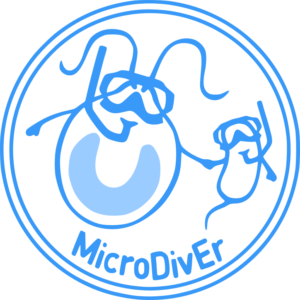Freshwater microbial communities in the eutrophication gradient: diversity and interactions of protists and bacteria (MicroDivEr)
Background

Microorganisms are an abundant and diverse group present in all ecosystems. They include prokaryotes, such as bacteria and archaea, and single-cell eukaryotes, known as protists. Microbial communities are a crucial element of ecosystems, and their functioning depends not only on their taxonomic composition but also on the undergoing interactions. The use of modern DNA sequencing techniques was a breakthrough in the study of microorganism diversity because it allowed the identification of microbial species without culturing. The new methods have uncovered a vast diversity of microorganisms and many previously unknown evolutionary lineages. However, most research to date has focused on bacteria, while the variety of protists remains poorly understood. We also know little about the interactions of protists and bacteria that may be crucial for the functioning of ecosystems.
Diversity and interactions of microbial eukaryotes and bacteria in Masurian lakes
In this project, we will identify eukaryotic microorganisms and bacteria occurring in the lakes of the Masurian Lake District. To do so, we will use sequencing methods for short DNA fragments. A reference database is, however, needed to identify organisms based on DNA sequences correctly. Therefore, we will expand the existing database using single-cell sequencing and nanopore sequencing. Analysis of the co-occurrence of protists and bacteria will help to identify their interactions. Sequencing of protist genomes and total genomes of their microbiomes will provide insight into the nature of these interactions. We are particularly interested in the relations between protists and endosymbiotic bacteria and protists’ interactions with pathogenic bacteria. Finally, we will determine how environmental factors affect the diversity of microorganism communities and their interactions.
The completion of the project will help to uncover the diversity and interactions of microorganisms in freshwaters. Identifying the interactions of protists and pathogenic bacteria will help pinpoint the natural, environmental reservoir of these bacteria. This will facilitate the prediction of their future outbreaks, which might be a threat to human and animal health. Research in lakes with different trophic statuses will allow assessment of the impact of the lake productivity on the composition of their microorganism communities. This will help predict changes in freshwater ecosystems resulting from human-induced eutrophication and contribute to their more effective protection.
